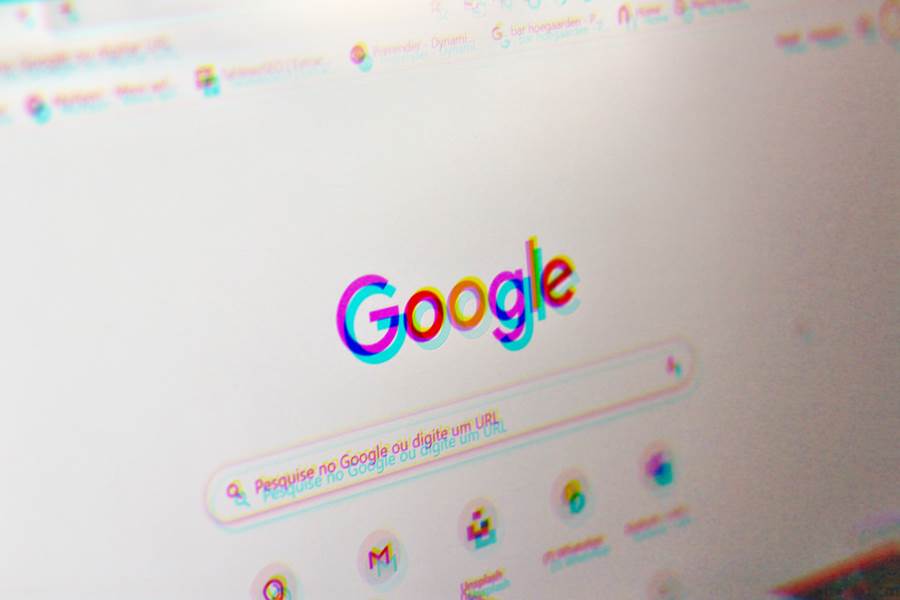Thu 04 May 2023:
Google announced on Wednesday that it has begun rolling out support for passkeys across Google accounts on all major platforms, bringing in the end of the password.
Passkeys will be an extra sign-in option, alongside passwords, 2-Step Verification (2SV), and so on.
Google said the rolling out of the passkey technology – to mark World Password Day – signified “the beginning of the end” for passwords for Google accounts.
“While passwords will be with us for some time to come, they are often frustrating to remember and put you at risk if they end up in the wrong hands,” said Christiaan Brand, Group Product Manager and Sriram Karra, Senior Product Manager at Google.
According to the company, passkeys are a new way to sign in to apps and websites, easier to use and more secure than passwords.
“Passkeys let users sign in to apps and sites the same way they unlock their devices: with a fingerprint, a face scan or a screen lock PIN. And, unlike passwords, passkeys are resistant to online attacks like phishing, making them more secure than things like SMS one-time codes,” Google explained.
Apple has begun using the technology in iOS16 and the latest MacOS release, and Microsoft has been using it through the Authenticator app.
Services like Docusign, Kayak, PayPal, Shopify and Yahoo! Japan have already deployed passkeys to streamline sign-in for their users.
“Starting today, this will be available as an option for Google Account users who want to try a passwordless sign-in experience,” said the company.
For Google Workspace accounts, administrators will soon have the option to enable passkeys for their end-users during sign-in.
“The change to passkeys will take time. That’s why passwords and 2SV will still work for Google accounts,” said Google.
Users can create a passkey for each device they use, or the operating system or app used to manage the passkeys can be shared between the devices.
A cryptographic private key is stored on the device, and there is a corresponding public key uploaded to Google.
When a user signs in, the device must solve a unique challenge using the private key to generate a signature. The signature is then verified using the public key to allow a person to access their account.
All Google sees out of the transaction is the signature generated, and the public key.
SOURCE: INDEPENDENT PRESS AND NEWS AGENCIES
______________________________________________________________
FOLLOW INDEPENDENT PRESS:
TWITTER (CLICK HERE)
https://twitter.com/IpIndependent
FACEBOOK (CLICK HERE)
https://web.facebook.com/ipindependent
Think your friends would be interested? Share this story!





